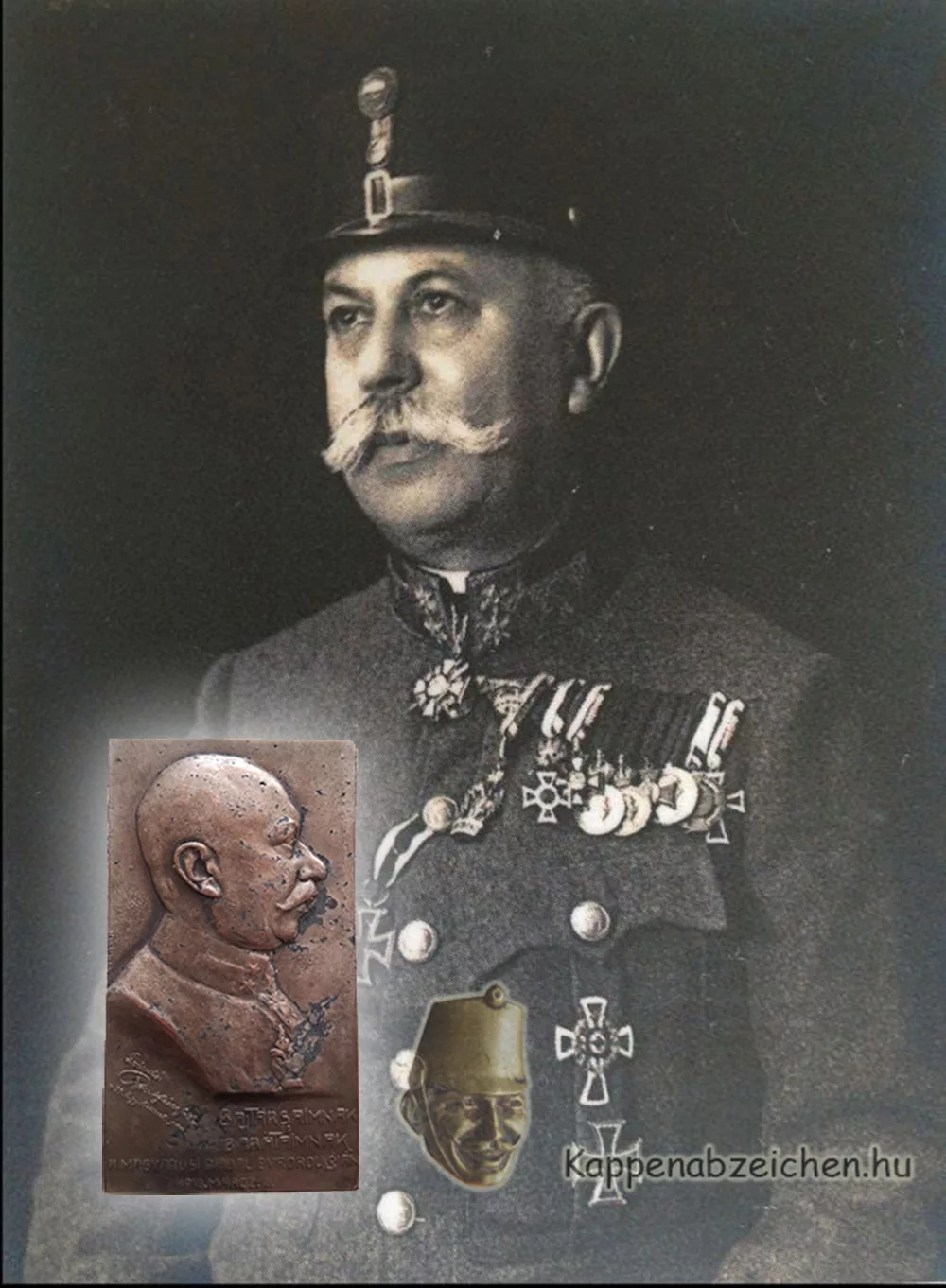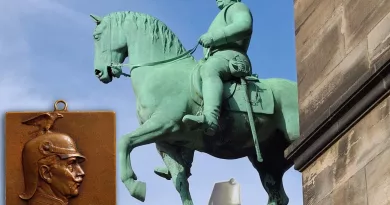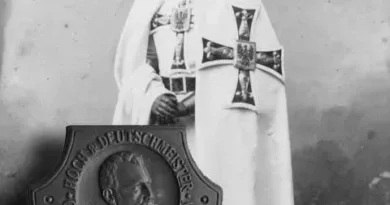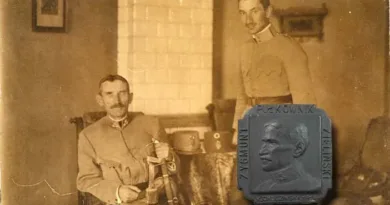Lt. Gen. Joseph Breit v. Doberdo
He was born in Lugos in 1863. He prepared for a civilian career, but in 1884 he enrolled in the one-year volunteer course at the Ludovika Academy in Budapest. In 1888 he took the professional officer exam. He began his military career with the rank of lieutenant in Kassa. In that year he first completed the professional higher officer course in Budapest, then between 1889-91 the Vienna Military School. Immediately afterwards he was assigned to the General Staff. From 1911 he became the commander of the 10th Honvéd Infantry Regiment in Miskolc as a lieutenant colonel.
In the Great War he first led the 107th Insurgent Infantry Brigade, and then as a major general from May 1915 he was the commander of the legendary 16th Honvéd Mountain Brigade in the Karst Plateu (Doberdó), Mt dei Sei Busi area. He was given the title of Doberdó in memory of the battles here in his noble title, which he received in 1916. Due to health problems, he was placed on the reserve staff in 1916. At the end of the year, however, he was appointed commander of the 39th Honvéd Infantry Division, which was fighting on the borders of Transylvania. In this position, he achieved his greatest military success with his division on March 8-9, 1917, the capture of the Magyaros roof, an action that became famous for the outstandingly effective deployment of assault troops. For this feat, he received the highest royal recognition. He was a lieutenant general from August 1917. In 1918, he was appointed commander of the VII. Corps.
After the Great War, he primarily worked as a military history writer. He is the author of the 22-volume work “The Military History of the Hungarian Nation”, which is the largest professional work on this topic published to date. He changed his name to Bánlaky in 1931. He died in Üllő in October 1945.
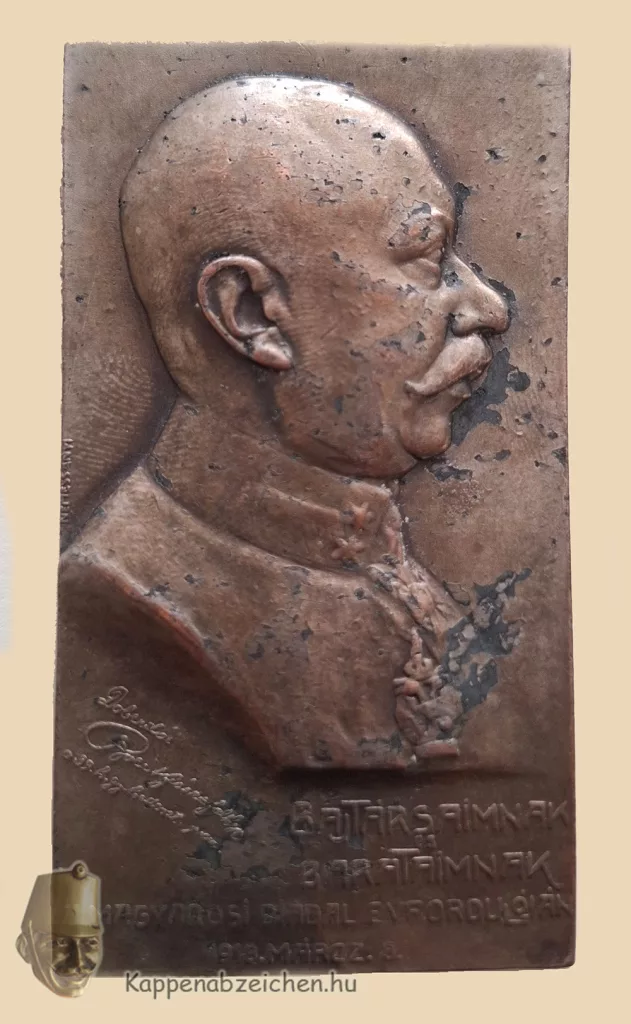
This time I can attach a commemorative plaque to the post, not a badge. According to the inscription, Lieutenant General Breit had it made for the first anniversary of the occupation of Magyaros in March 1918. The date is evident from the workmanship, as the plaque is made of grey metal that was bronzed.

